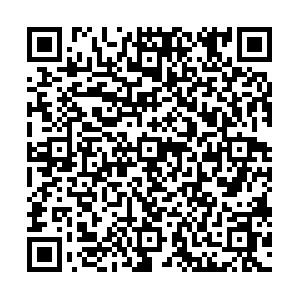磺胺类抗生素在斑马鱼体内的生物富集性及模型预测评估
作者简介:
许静(1982-),女,助理研究员,研究方向为有毒有害化学品的生态风险研究,E-mail:moon9722@163.com
- 环境保护部南京环境科学研究所
摘要: 针对磺胺类抗生素在鱼体内的生物富集特性,采用半静态生物富集测试法,研究磺胺二甲嘧啶(SMT)和磺胺甲恶唑(SMX)在斑马鱼(Brachydanio rerio)体内的生物富集规律及生物富集系数(bio-concentration factor,BCF),并选用3种常用预测模型对2种磺胺类抗生素的BCF值进行估算,比较了估算值与实际测定值,为磺胺类抗生素生物富集性的预测提供依据。研究结果表明,当暴露浓度为0.01 mg·L-1~1.00 mg·L-1时,鱼体对SMT的最大生物富集系数BCF值为1.11,最大富集量出现在暴露2448 h期间;SMX的最大BCF值为1.15,最大富集量处于暴露96168 h之间。根据磺胺类抗生素的理化性质,通过比较3种生物富集预测模型获得SMT和SMX的BCF值,发现其中Kow预测模型所得估算值最为接近实测值。因此可利用该模型作为磺胺类抗生素富集性的预测工具,为我国兽药抗生素的环境风险预测和评价提供依据。
Bioconcentration of Sulfonamide Antibiotics in Zebrafish (Brachydanio rerio) and Model Prediction Assessment
- Nanjing Institute of Environmental Sciences, Ministry of Environmental Protection of the People's Republic of China, Nanjing 210042, China
- Received Date:
2015-06-24
Fund Project:
Abstract: Bioconcentration assessment is very important in the scientific evaluation of ecological risks. As sulfonamide antibiotics might threaten the environment and human health by being delivered and accumulated, sulfamethazine (SMT) and sulfamethoxazole (SMX) were chosen as testing substances to study their bioconcentration in zebra fish (Brachydanio rerio) by semi-static test method. Three kinds of commonly used prediction models for BCF estimation were selected to compare the proximity of the estimated value with the test results. The results showed that exposed to concentrations of 0.01 mg·L-1 to 1.00 mg·L-1 of SMT and SMX for 8 days, the maximum bioconcentration factor (BCF) of SMT in zebrafish was 1.11, and the period of most bioaccumulation appeared in exposure time of 24 to 48 hours; the maximum BCF of SMX was 1.15, and maximum enrichment period was 96 to 168 hours. The estimating values of BCF with the Kow's equation was closest to the measured values, and it can be used to predict the bioaccumulation of sulfonamide antibiotics.


 点击查看大图
点击查看大图


 下载:
下载:
